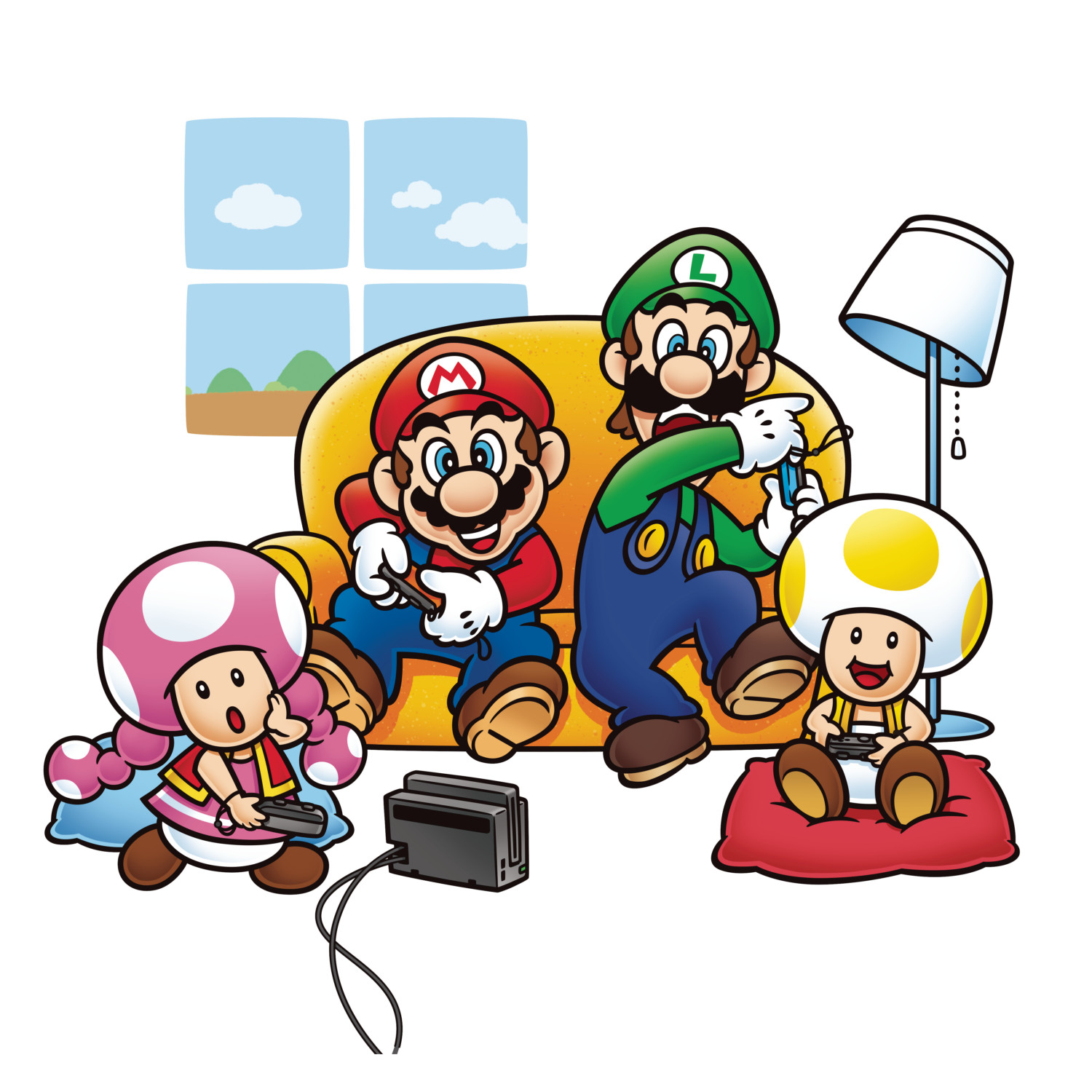
Xenoblade Chronicles 2 Director Talks About Game’s Art, How It Filled 220 Pages
Xenoblade Chronicles 2 released to a massive reception, and in the Special Edition of the game, Game Director, Tetsuya Takahashi took the opportunity to pen a message about Xenoblade Chronicles 2’s art process in the include 220 page art book.
In the message, Takahashi was initially shocked by the amount of pages he had to fill but after reviewing the massive amount of art assets they had, he knew that he could easily fill all 220 pages to the brim. It was not to say it was easy drawing so many art pieces but the game had required it.
He also took the opportunity to thanks the external help they received and spoke about the game’s reverse character creation in the original game, how they designed the costume then the character’s physique.
You can read the message below:
Two hundred and twenty… That sounded like a daunting number of pages to fill when I first heard it. But when I saw just how much artwork had been created in total, I came to realize that maybe, probably – no, without a doubt – there was no way we’d be able to include it all.
So I should begin by thanking all the artists for accomplishing this feat. The games we build require lots of design and concept sketching, but this time, those efforts reached new heights. This in itself isn’t hard to believe, given that these days, it’s rarely possible to complete a game simply with the staff you have on hand. The contributions we receive from our many external partners elevate the quality of our creations to something we’re proud to show the world.
In development environments such as this, the power of art can’t be overstated. A single piece of art can convey the look, feel, and nature of the object that designers then set out to craft in-game. Trying to communicate the same qualities with words alone… Let’s say it would be difficult, if not impossible, to get the same point across.
While it’s true that concept art exists primarily as a basis upon which to design in-game models and assets, it fulfills other important roles as well. This time around, the artwork breathed life into the characters we were designing from an early stage, right down to their facial expressions. As a result, the in-game versions of those characters are all the more refined, and their emotional range comes through in the final product.
For the original Xenoblade Chronicles game, this character design artwork simply didn’t exist; all we had were costume designs for the clothing the characters wore. This meant we were forced to create the CG character models to fit those costume designs. And what’s more, the only artwork released of those characters were retouched versions of their CG models – there was no concept art to speak of, not like this at any rate. This exposes one of our shortcomings at Monolith, but for this project, Saito-san (Masatsugu Saito – Main Character Design) and Tek-kun (Tetsuya Nomura – Torna Character Design) covered for and supported us on the character design front, and I’m truly thankful to them for their efforts.
On the other hand, at Monolith we pride ourselves on our design of backgrounds and technological gadgets. When I’m setting out to make a game, nothing stokes my creative fires more than all the detailed, high-quality assets our artists turn out, and I’m incredibly grateful to them. As I wrote this on an evening in August, just before our game masters up, I’m still not quite sure how many pieces of art will be included in this book you’re holding. But if the selections included here help to convey the craft and care we pour into our creations, I’ll feel we’ve done our job well.
